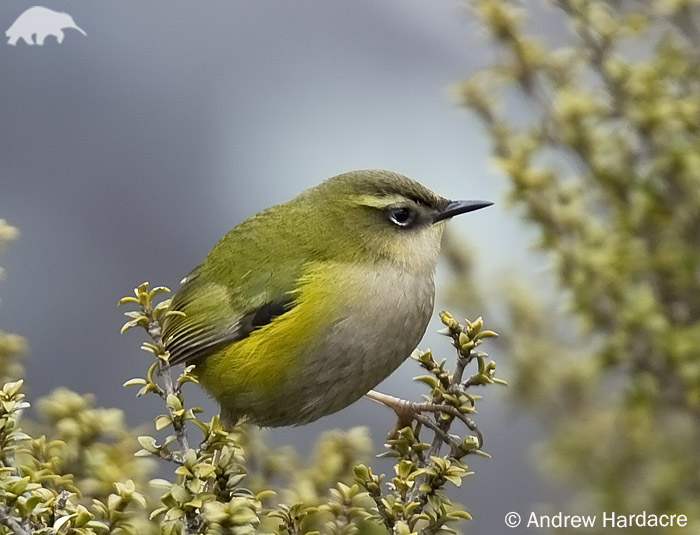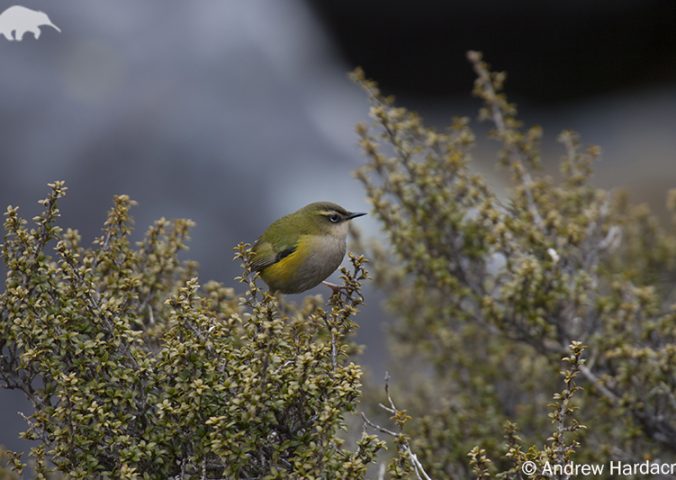About
Endemic to New Zealand, this small wren was once found on both the North and the South Island.
Its range has contracted due to pressure from introduced predators, in particular mice and stoats. It is now only found in alpine regions of the South Island. Studies in the Murchison Mountains show that the population of wrens has decreased by almost 50 per cent between 1985 and 2005. Conservationists have since stepped in to conserve the species, translocating groups to Secretary and Anchor Island in the far south. These islands are intensively managed to keep them free from invasive predators. The success of these island populations is being closely monitored.
The South Island Wren exhibits an unusual bobbing up and down behaviour, the reason for which is unknown, and they have not been seen ever flying for more than 30m. Their family, the Acanthisittidae are an ancient avian lineage, which is more commonly known as the New Zealand wrens. There were thought to be at least seven species in the family representing five genera up until 1000 years ago. However, only two species survive today due to the introduction of predators to New Zealand. The South Island Wren is the sole surviving representative of the genus Xenicus and is thought to have been closely related now extinct Bushwren.
- Order: Passeriformes
- Family: Acanthisittidae
- Population: 3,750-14,999
- Trend: decreasing
- Size: 10cm
EDGE Score
Distribution
They are endemic to New Zealand, and were historically found on both the North and South Island. They are now only found in the alpine regions of the South Island. Conservation efforts have seen it translocated to Secretary Island in the far south near Fiordland.
Habitat and Ecology
This species inhabit rocky alpine and subalpine areas above the tree line, typically between 1,200-2,400m above sea level. They spend most of their time foraging on the ground amongst the low scrub and scree of their montane habitat for insects, though they occasionally take fruits and seeds from alpine vegetation.

